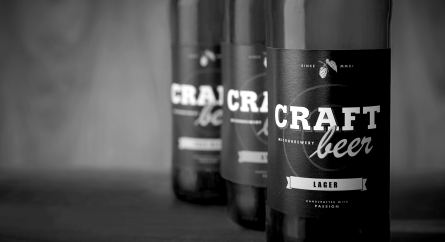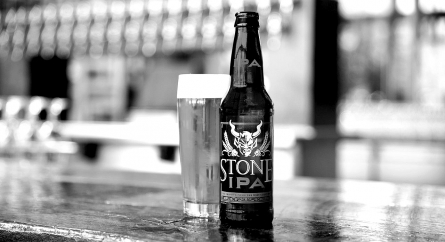Six Things You Didn’t Know About Trademarks
Brewers can protect the uniqueness of their brands of brew and brewery names by filing for federal registration of their trademarks. Here are a few things about the process that are good to know:
- There are 45 different classes of goods and services, and how you file to protect your trademark is an important decision. Is your mark simply the name of a beer? Is it also the name of your brew pub? If so, consider filing in the classes covering both beer and restaurant/bar services. The more classes you file in, the more filing fees; but also the greater protection you will have.
- Don’t file for registration of a mark with a particular description of goods or services unless you know that at some point within the next three years you will be able to file an appropriate “specimen” of use. For goods, a specimen is often simply a photograph of the packaged goods bearing the trademark. For services, often pages from the applicant’s website promoting the services and showing the servicemark comprise the specimens of use. If you have filed for a stylized mark or logo (meaning, not just a plain typed word or phrase), note that the mark must look exactly the same on your specimen of use as it looks in the “drawing” of the mark. Otherwise the specimen will be rejected.
- Do you need to claim color? With respect to stylized words and logos, you will need to decide prior to making the filing if you want to file for protection in black and white, or claim protection as to the specific colors in the mark, or both. If the colors included in the trademark are the most important and recognizable part of the mark, you may want to claim color. But note that if you change your colors later, the mark with the new colors will not have the same protection. Because of this, for stylized marks, it is best to file two applications, once claiming color, and one not.
- If your trademark includes a geographical indicator, your application may be rejected. The US trademark office will not register a trademark on the Principal Register if the trademark is “primarily geographically descriptive” of the goods or services.
- There are two federal trademark “registers” – Principal and Supplemental. If your application is rejected from the Principal Register (which could be because it is “merely descriptive” (for example, “Only Good Beer”), “laudatory” (for example, “Super Awesome Beer”) or for other reasons), you may be able to move it to the Supplemental Register, which provides less protection. However, after 5 years of continuous use, you can try to move the registration to the Principal Register by proving that the mark has become “distinctive.”
- Is it ever better to not apply to register your mark? Yes. Sometimes it is better not to draw attention to your use of a trademark by filing a public application to register it at the United States Patent and Trademark Office (USPTO). If your mark could potentially be considered as infringing on another mark, and the owner of that other mark has deep pockets, you may want to lie low. Owners of registered marks that are financially strong usually monitor trademark filings for potential infringers, and they can bring opposition or cancellation proceedings resulting in your having to cease the use of your mark altogether.
Pick unique names for your brewery and your brews, and make sure you protect them properly! Now that is a strategy that will bring you good cheer!
Categorized: Trademark
Tagged In: brewers, brewery, federal registration, trademark, trademark registration, USPTO













